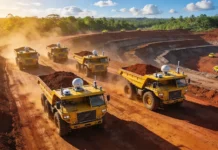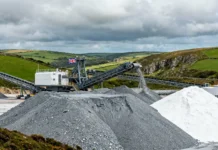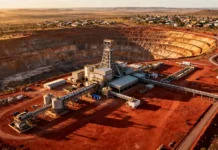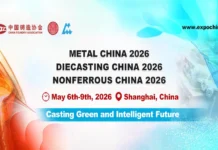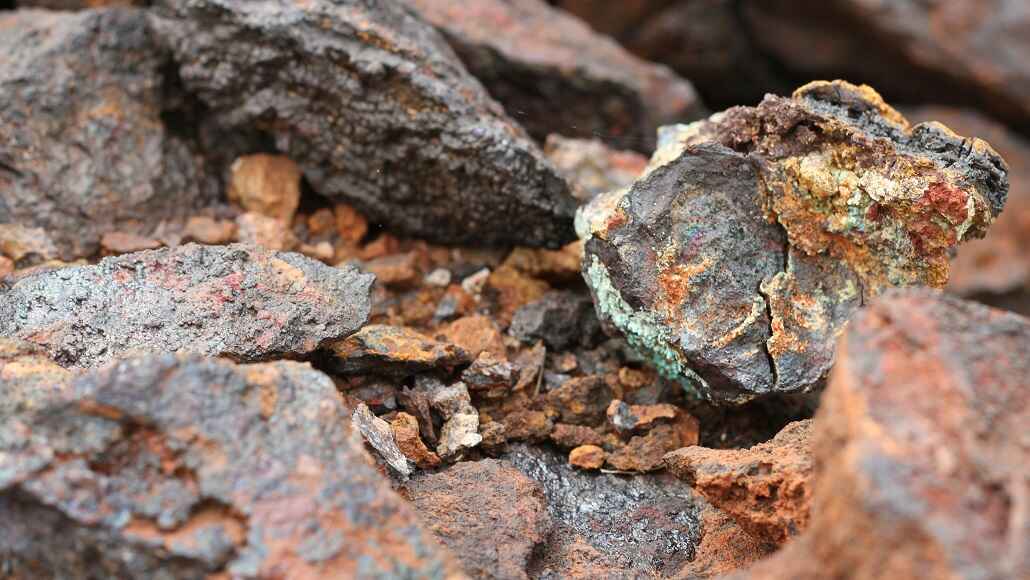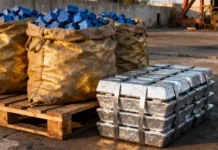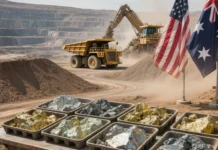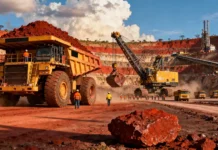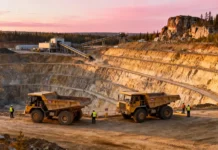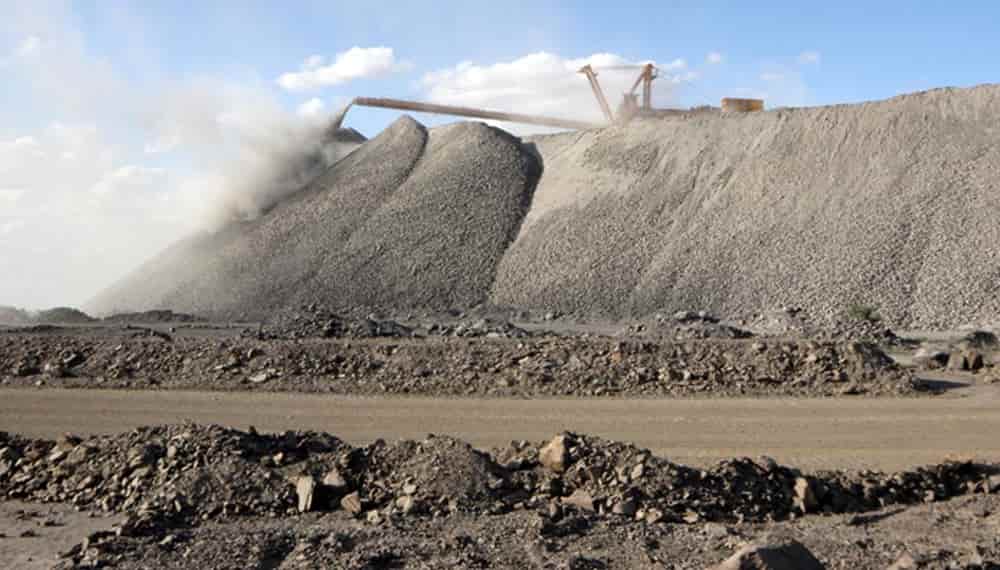Scandium is concealed by the periodic table. The soft, silvery metal with atomic number 21 is a bit of a mystery, even by the obscure standards of other essential minerals.
Although no one is certain, it is believed that the size of the global market is between 15 and 25 tonnes. Production might be much higher. However, since the majority of it is produced in China and is almost always a by-product of other metals, it is impossible to say.
In the 1980s, Russia began using scandium-aluminum alloys in their MIG fighter jets. It produces scandium as well. In contrast, imports have become completely dependent on the United States in recent years. The United States Geological Survey asserts there is zero definitive data on suppliers, which is characteristic of scandium’s opacity.
According to the USGS, imports are supposed to be primarily from Europe, China, Japan, and Russia. Scandium is on the U.S. critical minerals list, which is not hard to understand.
However, it turns out that Rio Tinto’s plants over the Canadian border have been generating scandium all along. However, additional garbage and the metal that was suddenly deemed crucial were being dumped in a tailings pond. The company has figured out a way to separate scandium oxide from the titanium processing stream, making it the only producer in North America.
Rio Tinto recently pulled off the same ruse for tellurium, another important mineral, in its copper smelter in Utah. Mines and industrial waste are quickly becoming a new battleground for the supply of key metals. The Minor Metals Trade Association (MMTA) claims that scandium has long been regarded as an “if” metal.
Manufacturers would have taken advantage of its abilities as an alloying element with aluminium if there had been a sufficient supply, particularly in the West. One may reduce the weight of aluminium by 10% to 15% while boosting its strength, flexibility, and resilience to thermal shock by adding a tiny bit of scandium to the melt.
All of these features make it ideal for high-performance aerospace or aircraft applications. Scandium-aluminum alloys, however, have only been used in specialised Western items like baseball bats and lacrosse sticks due to a lack of readily available supplies. By increasing the nameplate capacity of its commercial-scale pilot plant in Quebec to 3 tonnes annually, which may not sound like much but is comparable to roughly a fifth of the world’s supply, Rio Tinto Fer et Titane will change that.
The concept has a low carbon impact, requires no additional mining, and went from the drawing board to commercial display in less than two years.
Converting Sludge To Solar Panels
Another significant mineral issue for the US is tellurium. According to the USGS, import reliance is greater than 95%. China is the majority producer in the world. It extracts tellurium from metallic wastewater. According to Rio Tinto, global production was only 580 tonnes in 2021.
Tellurium consumption is spread across a wide range of specialised uses, with the element resting on what the MMTA refers to as the boundary between metals and non-metals. However, it is a significant and rapidly expanding energy transition metal due to its use in solar panels using cadmium telluride. The largest manufacturer of solar panels in the United States, First Solar, will purchase copper from Rio Tinto’s Kennecott copper smelter-refinery in Utah.
The tellurium was originally a by-product of Kennecott’s anode slime waste stream, and it was intended for long-term storage and treatment. It will now undergo a 20-ton-per-year conversion into copper-tellurium before being delivered to Canada’s 5N Plus for refinement and subsequent supply to First Solar. At its Utah facility, 5N Plus will also employ a portion of the material to produce ultra-high purity semiconductor materials.
After the local team began measuring sufficiently high quantities in the copper ore in 2019, Kennecott’s new tellurium circuit only cost $2.9 million and was constructed in less than three years.
Combined Mining
Both of these initiatives are game-changing, reducing risk in two crucial mineral supply chains in the US. Neither requires an additional tonne of rock to be mined, eliminating the need to go through the frequently arduous planning and authorisation procedure. The ore being mined and processed represents a new industrial paradigm known as total mining, sometimes known as whole-concept mining, which expands the previous concentration on one or two main products to almost everything else of metallic worth.
According to Rio Tinto, they are working around the world to decrease waste by finding a use for every element they dig up from the ground or developing new products from the trash itself. Kennecott’s tellurium facility is the most recent illustration of this. Producers all over the world are reviewing their process sheets to better understand what they have been dumping in the waste pond.
For instance, the Russian aluminium manufacturer Rusal has developed its own method for producing scandium from the red mud waste left over from the alumina refining procedure. It introduced its ScAlution line of scandium alloys the year before, hoping to gain a piece of a market that, thanks to better supply, could reach 300,000 tonnes annually by 2035.
Lithium, the metal at the core of the switch to green energy, is the next major waste-to-minerals problem. Others are using the same approach, looking to former coal-mining districts as a possible source of lithium and other energy transition metals like cobalt and manganese. Rio Tinto is working on projects to produce lithium from 90 years of waste stored at its Boron mine site in California.
To better understand the key mineral resources above-ground in previously disturbed landscapes, the USGS has been charged with mapping and data collection for areas holding mining waste. It is not only a highly cost-effective approach to close the nation’s crucial mineral gaps, but it also helps to bridge the environmental divides that lead to ferocious environmental resistance for every new energy transition metals mine.
It turns out that clearing up the mining industry’s legacy from the past is a necessary step in achieving a green future.


